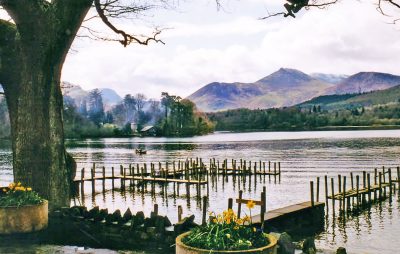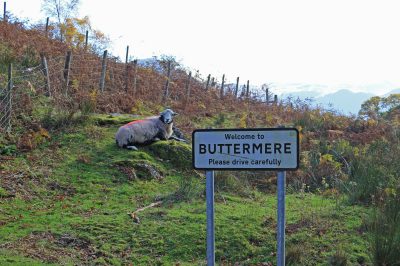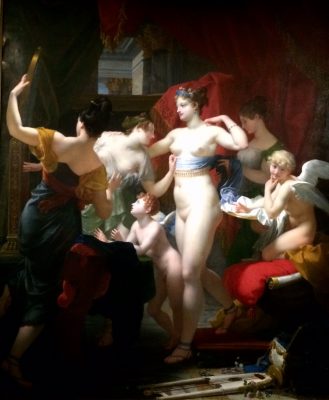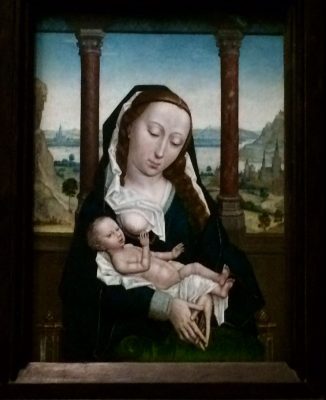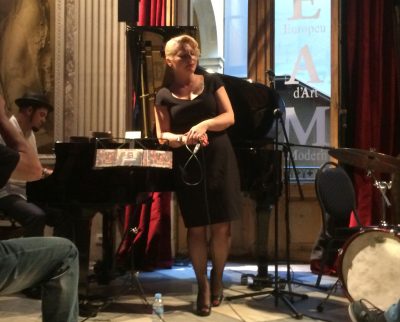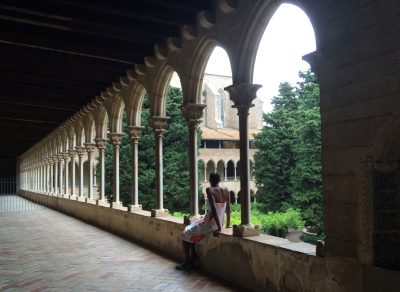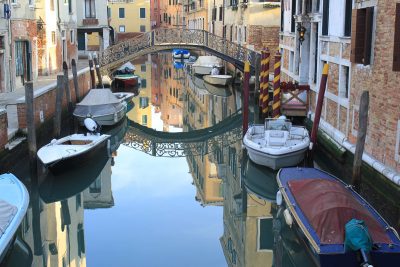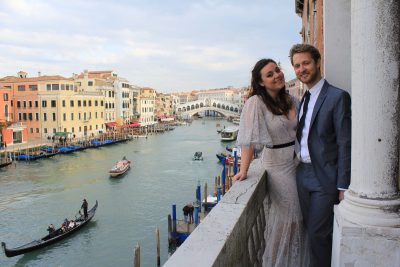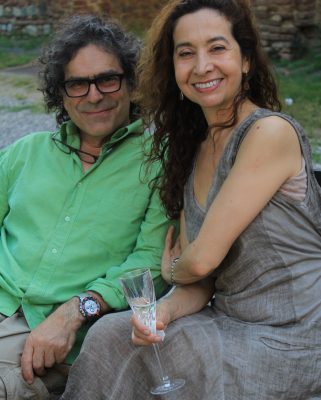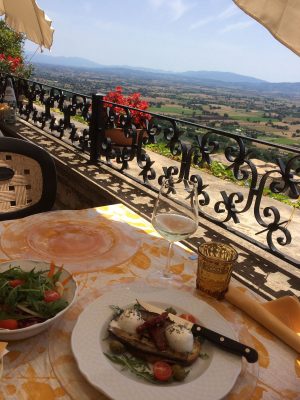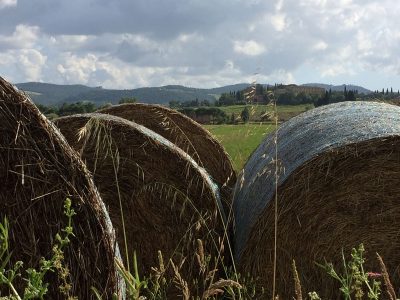I’m planning my travel itinerary for September this year and so much looking forward to returning to the Lake District in Cumbria. As I’ve often told friends, “My heart sings when I’m in the Lakes.”
Living in Cheshire – back in the 70s – I experienced my first weekend away in the Lakes. With my then flatmates Jen and John, we stayed in a rambler’s cottage in the Newlands Valley, on a road looking up towards the Swinside Inn.
I vividly recall that first night. It was so cold that my breath was frosty steam in the outside air. Inside the Swinside, however, it was warm and cosy. Locals had gathered and were singing “Streets of London” accompanied by a harmonica. It was the first time I’d heard the song and I became an immediate Ralph McTell fan.




Photos – back in the 70s: John and Jen towards Cat Bells; Jen and me outside the Fish Hotel, Buttermere; Jen in the lolly shop in Keswick; locals singing “Streets of London” in the Swinside Inn.
It was two decades before the “business of life” allowed me to travel from Australia back to England, this time with my family. I’ve now re-visited several times, always returning to the Lake District and always with the same Jen and John (now married for over 40 years).




Photos – returning to the Lake District: 1997 Annie midst Lakeland Stone structures, out strolling with our children; 2004 family and (old) friends at Ashness Bridge, returning to the Swinside Inn for lunch.
There is so much to do in the Lake District, it’s a playground for young and old. I can’t possibly write about everything (refer links below). This blog is about how we enjoy ‘the Lakes’.
We stay in Keswick on Derwentwater, home of the Derwent Pencil factory (adding to my collection of pencils on each visit). As with every day, everywhere, I set out on an early morning walk. Then, there’s a ‘usual’ in that the men folk – after a hearty breakfast – head off on a lengthy trek, leaving the ladies to stroll, browse galleries, drink tea, maybe a glass of wine with lunch. Come the cocktail hour, we’ll all meet up for an aperitif, then dinner.




Photos: early morning walks around Keswick and Derwentwater
There are many structured walks and books on trekking around the Lake District. Renowned British fell-walker, Alfred Wainwright (1907-1991), published more than forty guide books including a seven-volume “Pictorial Guide to the Lakeland Fells”. http://www.wainwrightroutes.co.uk
I’ll leave it to John to describe these images from a weekend back in 2003.




Photos by John Baron and Andy Kerr:
1. Looking SW across Newlands Valley from Cat Bells. The white hamlet is called Little Town.
2. Looking N from the top of Dale Head. The highest peak in the distance, with a little snow, is Skiddaw. The green flat bit in the middle distance is part of the Newlands Valley. Little Town is out of sight around the bottom of the long ridge on the right. We had walked south along the long ridge from Cat Bells (out of sight) up Maiden Moor, then High Spy (the highest part of the ridge). Then we dropped down a little, turned west, then a long very steep uphill section to the top of Dale Head at the head of the valley. ‘U’ shaped valley – classic shape formed by glacier during last ice age.
3. The chaps setting out from Glenridding, the village in the valley next to Ullswater. We had just started a route to Striding Edge and Helvellyn.
4. Lou, Mike Thompson, Derek, Ross, Mike Dixon and a young me (John).
The link for this walk https://www.walkingenglishman.com/lakes10.htm
While popular for those fells to be trekked, the Lake District has a rich literary history to be explored. So many book shops, shelves stocked with Books! Books! Books of artworks and words. From the most famous amongst all generations, Beatrix Potter, to poets and writers Coleridge, Ruskin, Wordsworth, Hugh Walpole, Arthur Ransome and modern-day writers such as Melvyn Bragg and Richard Adams. There’s Jacobean poets, 18th century historians, ballads, folk-tales and traditions. For a recent enjoyable read, “The Shepherd’s Life” by James Rebanks https://penguin.com.au/books/the-shepherds-life-9780141979366




Photos: Books!; I love those sheep…and more sheep; shopping for books and Derwent pencils.
It’s the magic of the waters in the Lake District that captivates the eye and camera. So beautiful, you simply can’t take a bad photo. I’ve taken photos in different seasons, various light and time of day. This is just a sampling. Little wonder the Lake District has inspired so many.





Here’s some links on what to see and where to stay:
http://www.golakes.co.uk, http://www.exploresouthlakeland.co.uk/see-and-do
http://www.discoverlakeland.co.uk, http://www.heartofthelakes.co.uk
© 2017 Pamela Reid/tPRo
